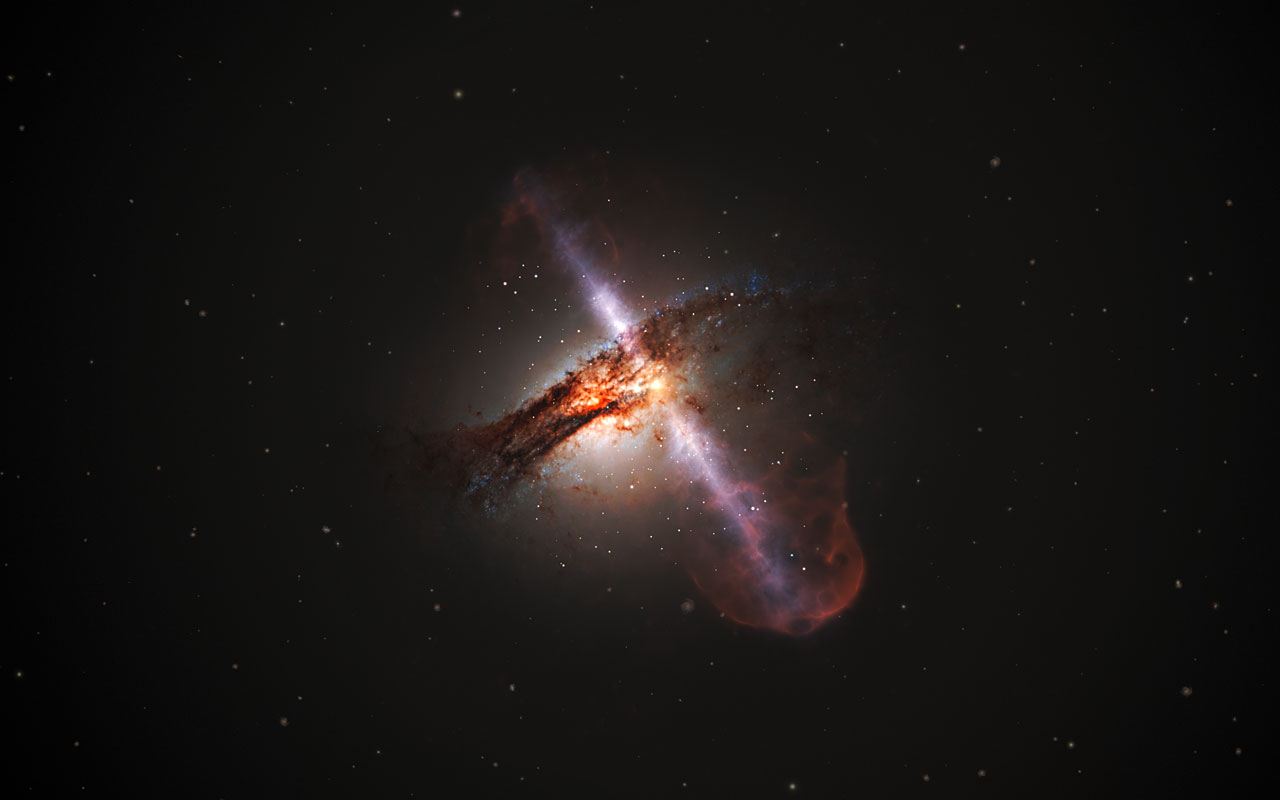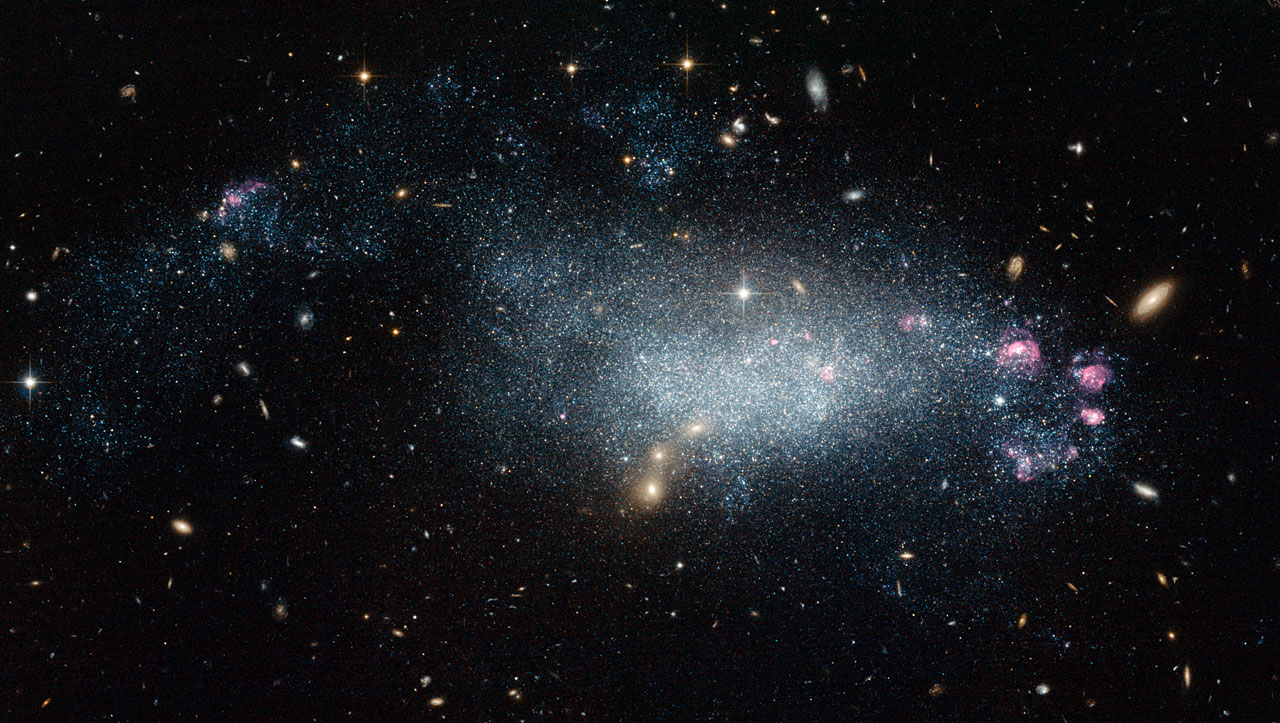
Named after an American astronomer, Barnard's Star is a red dwarf star found six light-years away from the Sun. Only the trio of stars that make up the Alpha Centauri star system are closer – and in 10,000 more years, that is going to change.
Its proximity make the lone star a popular target for sci-fi writers and planet hunters. The Spanish researchers from the Institute of Space Studies of Catalonia (IEEC) and the Institute of Space Sciences (ICE) are the first to claim that they have found strong signs of a planet candidate.
If their hunch turns out to be correct, the planet candidate dubbed Barnard's Star b (BS b) will become the second closest exoplanet to Earth. First place is still held by Proxima B, an exoplanet in the Alpha Centauri system that is only slightly bigger than our home planet. (Related: Nearby exoplanet could potentially support life.)
Could there be an exoplanet orbiting Barnard's Star?
Finding Barnard's Star b required the IEEC-ICE researchers to go through mountains of data on stellar light changes that they could attribute to the gravitational pull of the planet candidate. Starlight affected by this tugging will visibly flip-flop between the red and blue wavelengths of the light spectrum.
This style of hunting for exoplanets is called the "radial velocity" method. It is normally used to look for big planets that are very close to their parent stars, since these worlds have stronger gravitational pulls that cause bigger changes in the stellar light of their primary.
Although Barnard's Star b is bigger than Earth, it still counts as a "small" planet. It is also the most distant exoplanet ever discovered through the radial velocity approach.
Furthermore, the Spanish researchers came across faint clues suggesting that there is another exoplanet around Barnard's Star. The second signal is found much further away than Barnard's Star b.
However, this second signal was considered to be insufficient for a planet candidate. The researchers have dismissed it for the time being until they get stronger evidence.
Barnard's Star b is probably a very cold super-Earth
The new planet candidate is estimated to have 3.2 times the mass of our planet. That categorizes it as a "super-Earth" planet, bigger than our home planet but smaller than Neptune, Uranus, and other "ice giants."
Barnard's Star b is also much closer to its primary than the Earth is to the Sun. It is around 37 million miles (0.4 astronomical units) away from Barnard's Star, which is roughly comparable to Mercury's orbit.
But while our Sun has irradiated Mercury into an airless ball of rock, Barnard's Star is a smaller, dimmer, and cooler star. Its potential planet is therefore in the "snow line" of the star system, which is cold enough to turn liquid water into frozen ice.
This led IEEC-ICE researchers to believe that Barnard's Star b is a frozen world. They estimate the temperature on the surface of the exoplanet to be minus 275 degrees Fahrenheit (minus 170 degrees Celsius). Winter in Antarctica is scorching by comparison.
The Spanish researchers are currently waiting for data from the latest space observatories and upcoming ground-based equivalents. The new generation of scientific platforms can perform the kind of accurate measurement of stellar position to confirm the existence of Barnard's Star b.
"Using this spectrum, the characteristics of the planet’s atmosphere — such as its winds and rotation rate — could be inferred," said IEEC-ICE researcher Ignasi Ribas.
Sources include:
Please contact us for more information.























